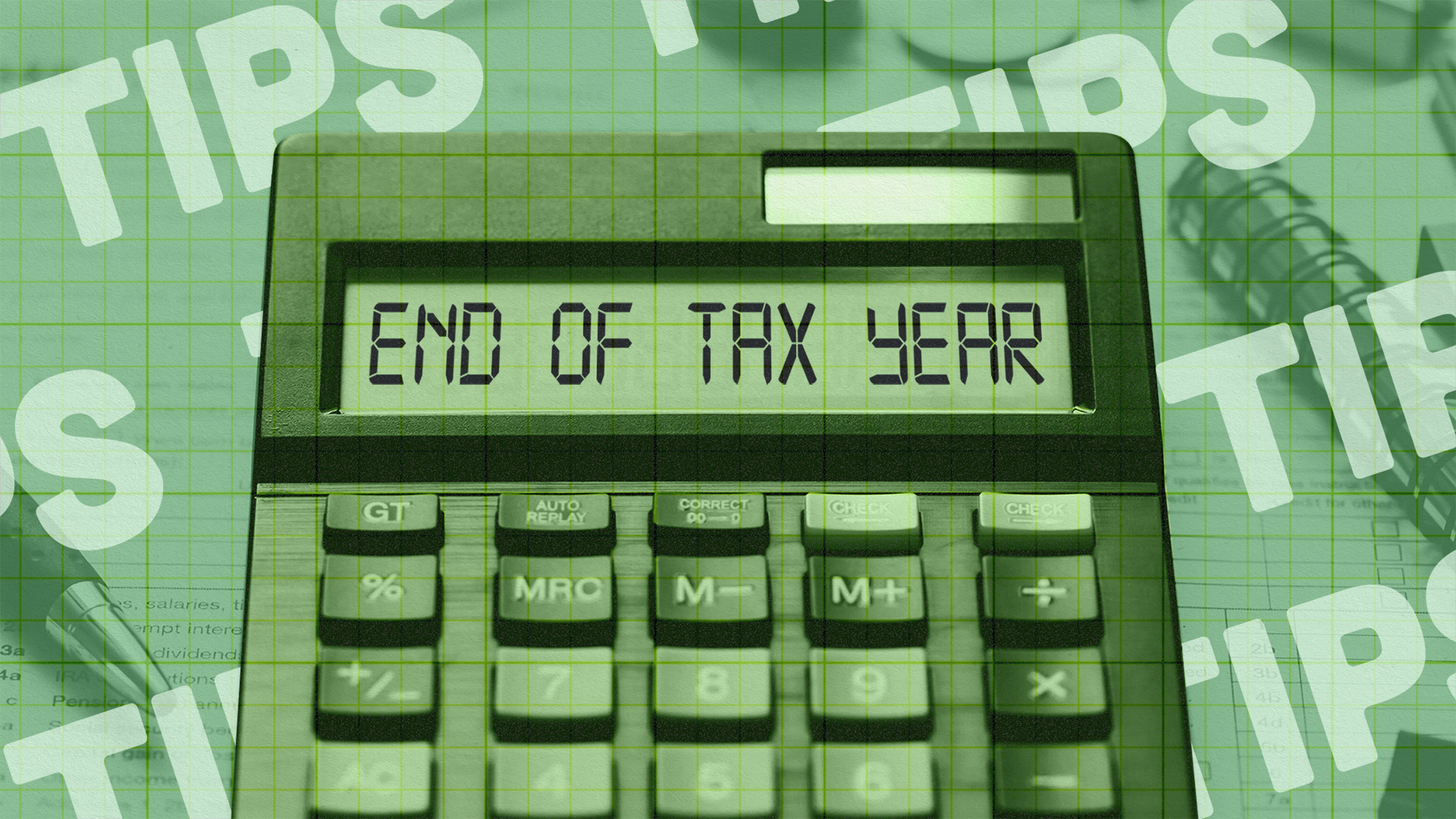End of Tax Year Tips
A 5 minute read

So, a new tax year begins. And there’s lots to do to get your finances in order before then. When the clocks tick over to the 6th April, you’ll lose your 2024/25 tax year entitlement to various annual allowances. So, by midnight on the 5th of April, your allowances, pension contributions, ISAs, LISAs and everything in between could benefit from some last-minute TLC.
The 2025/26 tax year begins on the 6th April 2025. So, these are just some of the things you might want to consider before it’s too late.
Use it or Lose It
20,000. That’s a lot. By all accounts, it’s the number of leagues there are under the sea. It’s also the amount of the current annual ISA (Individual Savings Account) allowance. In other words, you can pay up to £20,000 across all your various ISAs in the current and next tax year (so, we’re talking about any cash ISAs, stocks and shares ISAs, lifetime ISAs – up to £4,000 – or innovative finance ISAs that you may have lurking around).
But it doesn’t roll over. Once that second hand ticks over to midnight on the 6th April, it’s gone, and you start from scratch.
But, 20 grand… it’s a big number.
*wipes forehead and lightly whistles*
So, if you’ve got an ISA, it’s time to roll up your sleeves.
But why should I aim to save that much? I might not even be able to afford it.
The good news is that you really don’t need to hit that mark. An ISA offers long-term financial flexibility. Many accounts allow you to save what you like – from loose change to the limit – because the longer your money is stored, the more likely you’ll reap the benefits an ISA offers when it comes to taking your savings out. Did you know that ISA investment income isn’t liable to income tax or capital gains tax?
On the other hand, if you’ve been thinking about opening an ISA, then the time might just be nigh. If you open any kind of ISA this tax year, you’ll get to use up part of the current allowance before it resets for the 2024/25 tax year. Just make sure that you don’t open another lifetime ISA (LISA) if you have one (you can only pay into one LISA in each tax year).
If you’re one of the lucky few who can save closer to the allowance each year, you could begin to brew a valuable pot further down the line, especially in a Stocks and Shares ISA.
Just remember that the value of investments can fall as well as rise. It’s never guaranteed that you’ll get back what you put in.
Lifetime ISA
A Lifetime ISA works slightly differently. Whilst contributing to it still counts towards your annual ISA allowance of £20,000, you’re limited to contributing a maximum of £4,000 to your LISA each tax year whilst still benefiting from LISA’s most prized boon: the 25% government top up. Because, if you didn’t know, every time you contribute to your LISA, the government will add 25% of your contribution on top, for free. All in all, you can earn an extra £1,000 each tax year if you maximise your LISA allowance. Whoever said no to free money?
If you’re still someway off the £4,000 mark – just remember that every little helps, and making the most of the allowance before the curtain falls on 2024/25’s tax year means you’ll have a fresh slate for next year.
It’s important to remember that a LISA can only be used for purchasing property worth up to £450,000, or if you’re aged 60 and over. You can also make withdrawals if you’re terminally ill with 12 months left to live, however if you make a withdrawal at any other time you’ll pay a 25% charge.
If you’re considering whether a LISA is right for you, the first step is making sure you’re eligible. You can find out more about eligibility here.
A LISA is only available to open to people aged between 18 and 39, and you can only contribute or benefit from the 25% bonus until age 50.
Pension
Like with an ISA, you have an annual allowance for pensions. Helpfully, it’s called the Pension Annual Allowance. This is the amount of money you can contribute to your pension plans in a tax year whilst still benefiting from tax relief. It includes employer contributions, too. The allowance is currently £60,000. If contributions made by you and your employer exceed this, you may have to pay a tax charge on the excess.
So, before the tax year comes to a close, it might be worth making the most of your entitlement to receive as much tax relief as you can and solidify strong financial foundations for your future.
If you’re earning over £200,000 a year, your annual allowance could end up being as low as £10,000 because of something called a tapered annual allowance.
If you’re lucky enough to have saved enough to max out your pension annual allowance, you may be able to ‘carry forward’ any unused annual allowance from the previous three tax years. This would let you contribute more than the current tax year’s annual allowance but you would still only get tax relief on personal contributions of up to 100% of your earnings.
State Pension
Once the new tax year is rung in, the State Pension will increase. In fact, it’s going up 4.1% thanks to the triple lock. That means, if you’re entitled to the full amount, you could receive £230.25 per week, as opposed to the current maximum of £221.20.
To receive any State Pension, you’ll need to have at least ten ‘qualifying years’ on your National Insurance record. You may be able to make voluntary National Insurance contributions to boost your record and increase the State Pension you receive. More info on this can be found here.
There’s no better way to ring in the new tax year than making sure you’ll receive the full State Pension.
Income Tax
Contributing to your pension can drop you into a lower income tax band. If you’ve gone over the precipice of a higher-rate band – for instance, you earn a salary of just over £50,270 – you could bring yourself under the threshold with the smallest contribution.
So, are you ready?
None of these points are a stringent code by which to rule your tax year turn – they’re more what you’d call ‘guidelines’ – and they won’t apply to everyone. But giving your finances some TLC before the 6th April could net you some extra money in the long-term, and that extra peace of mind.
The tax information in this article is based on our understanding of current taxation law and HMRC practice, which may change. The value of any tax reliefs/benefits will depend on individual circumstances, which may also change. March 2025.

